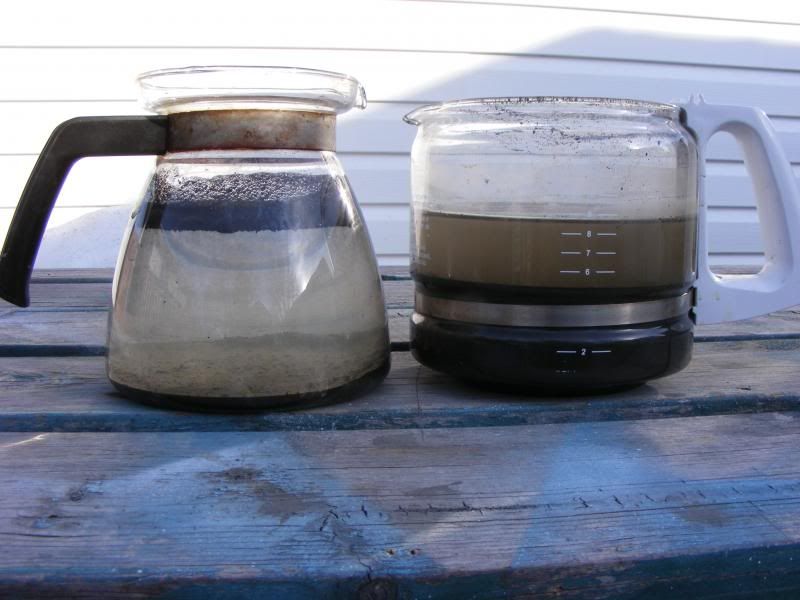rusty
Well-known member
- Joined
- Sep 15, 2010
- Messages
- 1,782
resabed01 said:Well, my concentrates arrived back home Monday. There's about 1100g from the chips I sent, roughly 10% or a bit less.
I'm itchin to start processing the cons but I have a few other things I'd like to clear off and finish first. I'm also waiting on a set of beakers I ordered. Plus we're still waiting for nicer weather here. It's snowing again tonight :x .
I was thinking of mixing it well and starting a 100g test batch. Then I can see what percentages of base and precious metals I have. Playing around with a magnet there seems to be a fair bit of iron in there and I'm guessing lead too. We'll see when I get out the acids. I'm still mulling a process over in my head. Been reading Hokes book again to get some direction from her and refresh my memory. the first time I read her book it didn't make much sense. Now that I'm reading it again 3 or 4 years later it's all clicking now.
Thank you very much for running the chips through your centrifuge, Rusty.
Your welcome, yea your probably going to have excess garbage as this was not my material and had given it a few extra runs through the centrifuge to make sure I had captured all the precious.
The very top layer in the canister is ball mill sweeps.
I recently purchased some random chips from ebay, this jar is what I'm currently working on.
After the ball mill, recovered the concentrates of which went without incineration or a HCL pre-leach.
Straight to 50/50 nitric for silver, after removing the chloride returned the liqueur to the AR in the jar. Any palladium will be recovered later.
The insolubles after settling out last evening, four distinct colors.
Be sure to post pictures as you progress with your journey into the world of concentrates, you will enjoy working them.
Best Regards
Rusty




















































